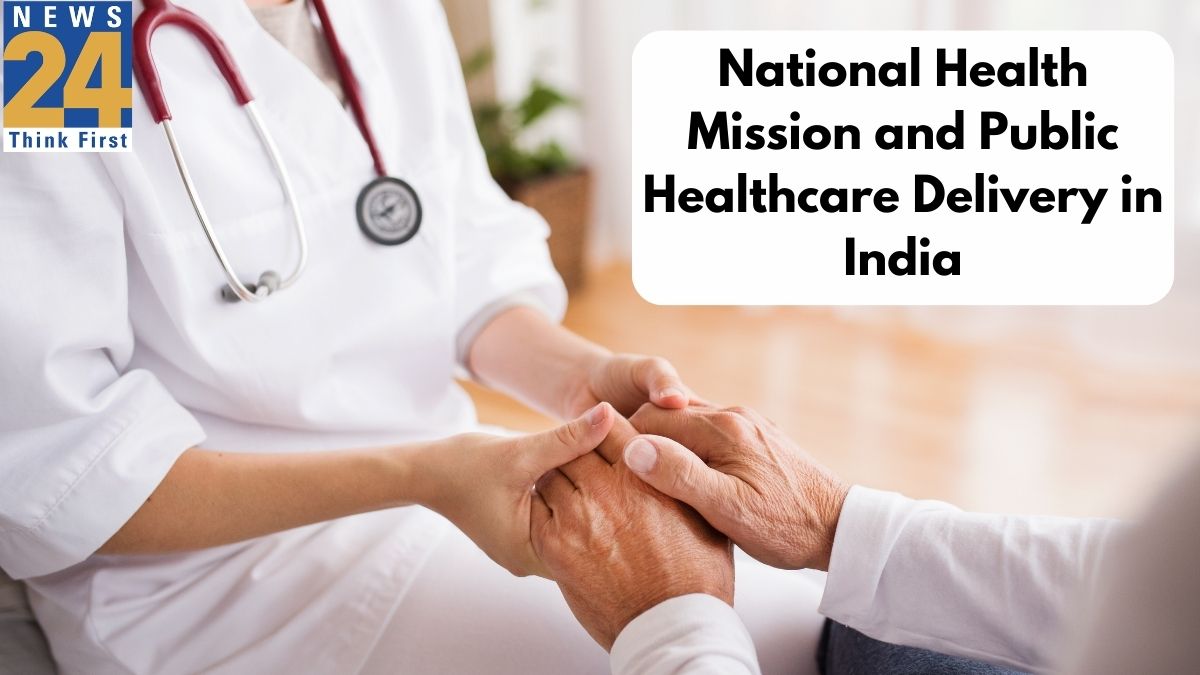Illness can take physical, mental and financial tolls that significantly exacerbate when health services are inaccessible, of poor quality, or cater to the needs of a few rather than the needs of all. In an effort to deliver quality, affordable, and equitable health services that are accountable and responsive to all its citizen’s needs, the Central Government launched the National Health Mission (NHM) in 2013. Operating under the nodal Ministry of Health and Family Welfare (MoH&FW), NHM subsumes the National Urban Health Mission (NUHM), the National Rural Health Mission (NRHM) launched in 2005, Tertiary Care Programmes and Human Resources for Health and Medical Education. In FY 2024-25, the NHM received a budgetary allocation of Rs.Rs 31,967 crore, an increase from the Rs 31,550.87 crore allotted in FY 2023-24.
Assistance to states for primary healthcare
NHM envisions a community owned healthcare system where planning and institutional mechanisms are more decentralised and have greater autonomy. Though public health lies under the State List, with states being primarily responsible for strengthening their healthcare systems, NHM extends technical and financial assistance based on the requirements states outline in their respective Programme Implementation Plans (PIPs). In 2022-23, states received Rs. 30907.66 crores by way of central government grants. NHM helps boost primary healthcare infrastructure and improves the availability of medical supplies. The program also works to increase availability of doctors at the lowest levels and engages medical specialists, professionals, and nurses on a contractual basis, providing for capacity building and training at all levels.
Targets and goals
The NHM’s main components are directed at improving Reproductive, Maternal, Newborn, Child, Adolescent Health and Nutrition (RMNCAH+N), preventing and controlling communicable and non-communicable diseases, and maintaining and strengthening healthcare infrastructure at both rural and urban levels, especially for marginalised and underserved population. By 2025, it aims to reduce the Maternal Mortality Rate (MMR) to 90, the Infant Mortality Rate (IMR) to 23, and the Under-5 Mortality Rate (U5MR) to 23. Concurrently, efforts aim to stabilize the Total Fertility Rate (TFR) at 2.1.
The goal is also to combat specific diseases such as leprosy, aiming to lower its prevalence to less than one per 10,000 individuals and achieve zero incidence across all districts. Strategies targeting malaria aim for an annual incidence of less than one per 1,000, with efforts simultaneously ongoing to end the tuberculosis (TB) epidemic by 2025 nationwide. Another key outcome desired by the NHM is lower Out of Pocket Expenditures (OOPE) for which it provides essential drugs and diagnostic services free of cost and cashless Patient Transport Services under Janani Suraksha Yojana (JSY) and Janani Sishu Suraksha Karyakram (JSSK).
Community-led healthcare
At the grassroots level, Accredited Social Health Activists (ASHAs) act as an interface between communities and the local healthcare system, engaging in education and mobilization efforts, with one ASHA typically assigned per village in rural areas. Anganwadi Workers, operating under the Integrated Child Development Services program, collaborate with ASHAs and Auxiliary Nurse Midwives to facilitate health and nutrition initiatives. community members provide direct feedback from community members through Jan Sunwai or public dialogues, which serve as grievance redressal mechanisms. The Village Health, Sanitation & Nutrition Committee (VHSNC), formed at each village within the Gram Sabha framework, acts as a platform for coordination and planning while ensuring representation of marginalized groups. These components collectively strengthen community-based healthcare delivery and empower local populations to address health-related challenges effectively.
Way forward
By emphasising inclusivity and accountability and leveraging community-led approaches, NHM is making significant progress towards its ambitious targets. Better Centre-State coordination and continuing fund allocation will be needed to address persisting issues with primary healthcare infrastructure, high OOPE, and personnel shortages so states can meet targets for their health indicators. As NHM continues to evolve, it can remain a valuable catalyst for building a healthier and more resilient nation.













